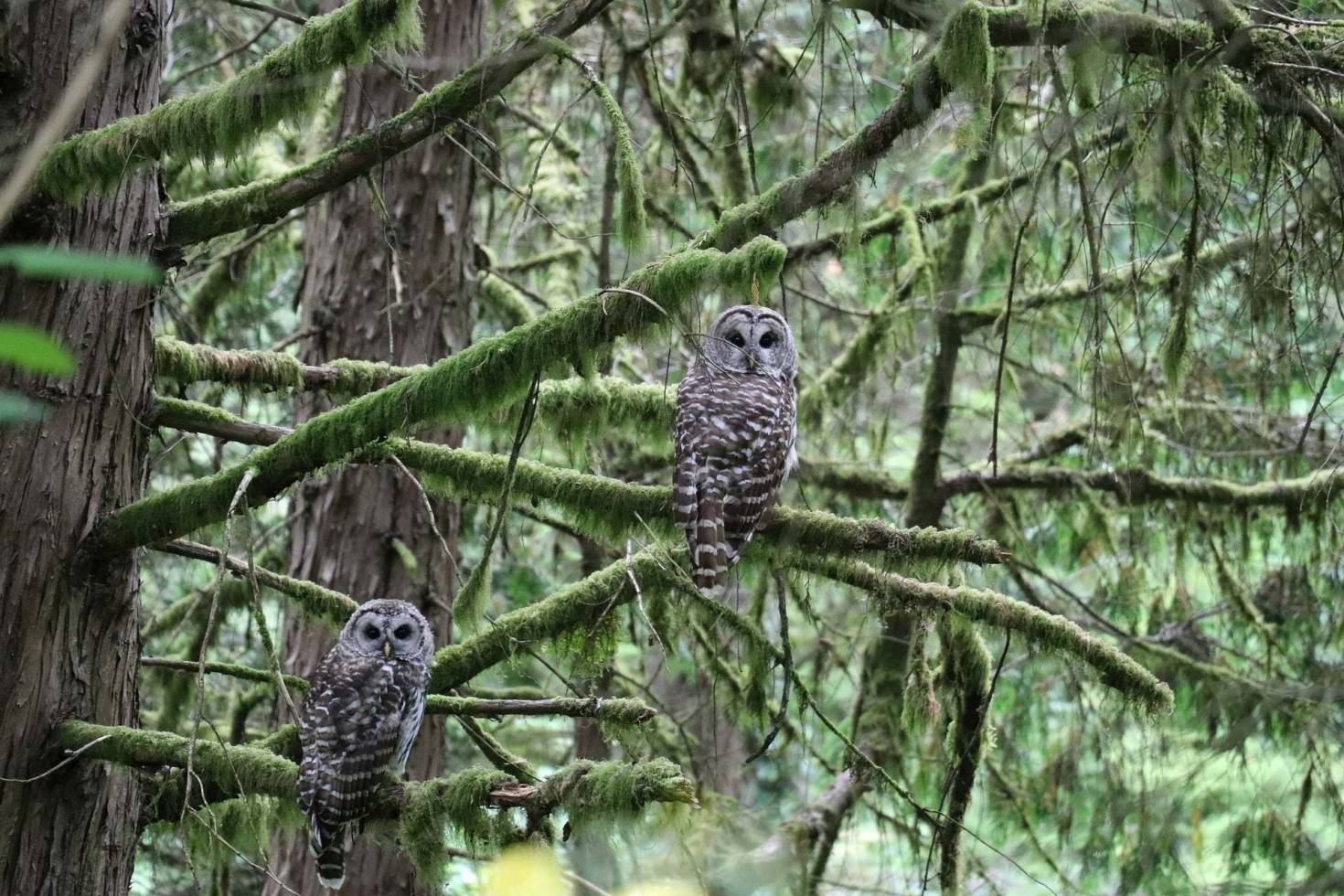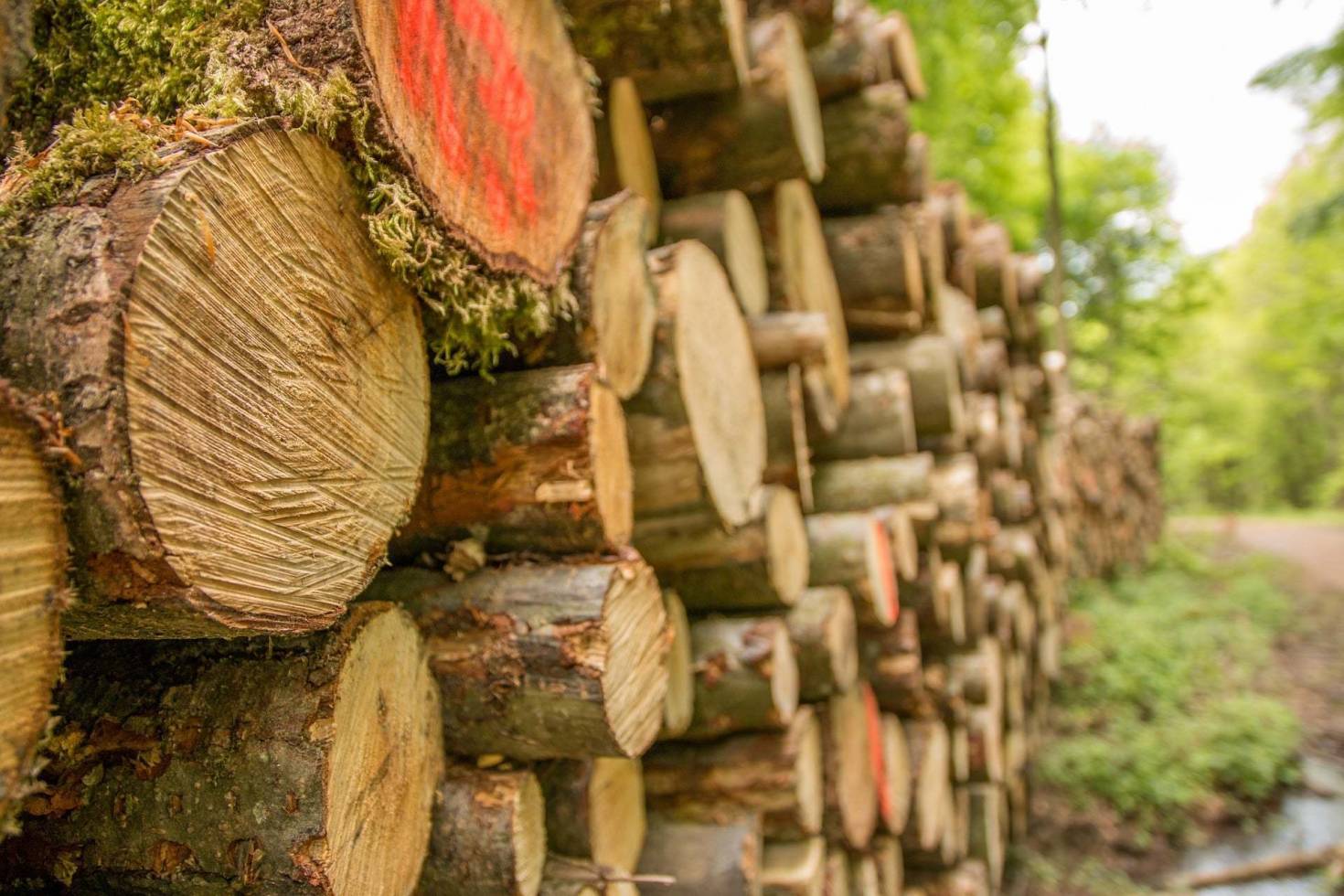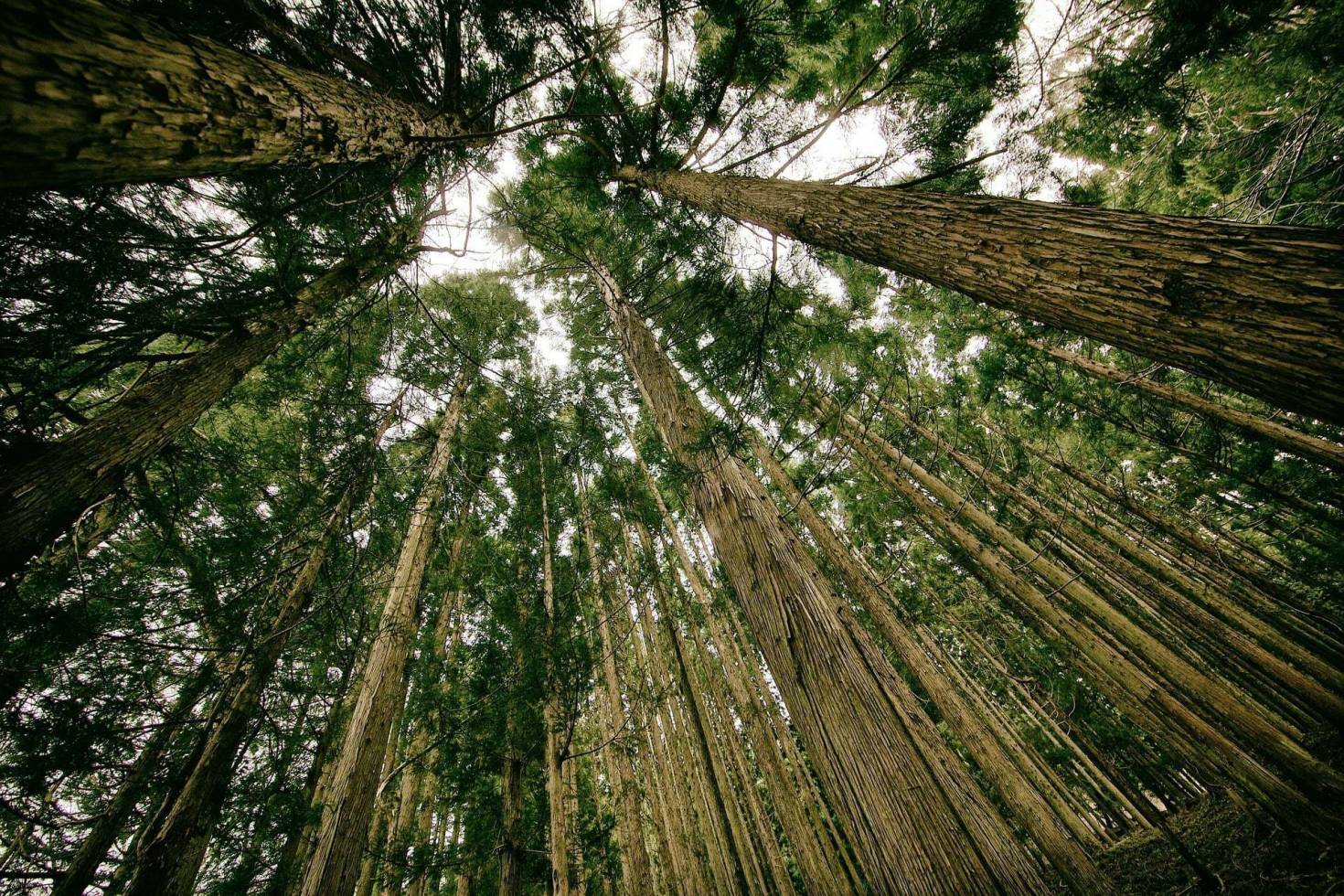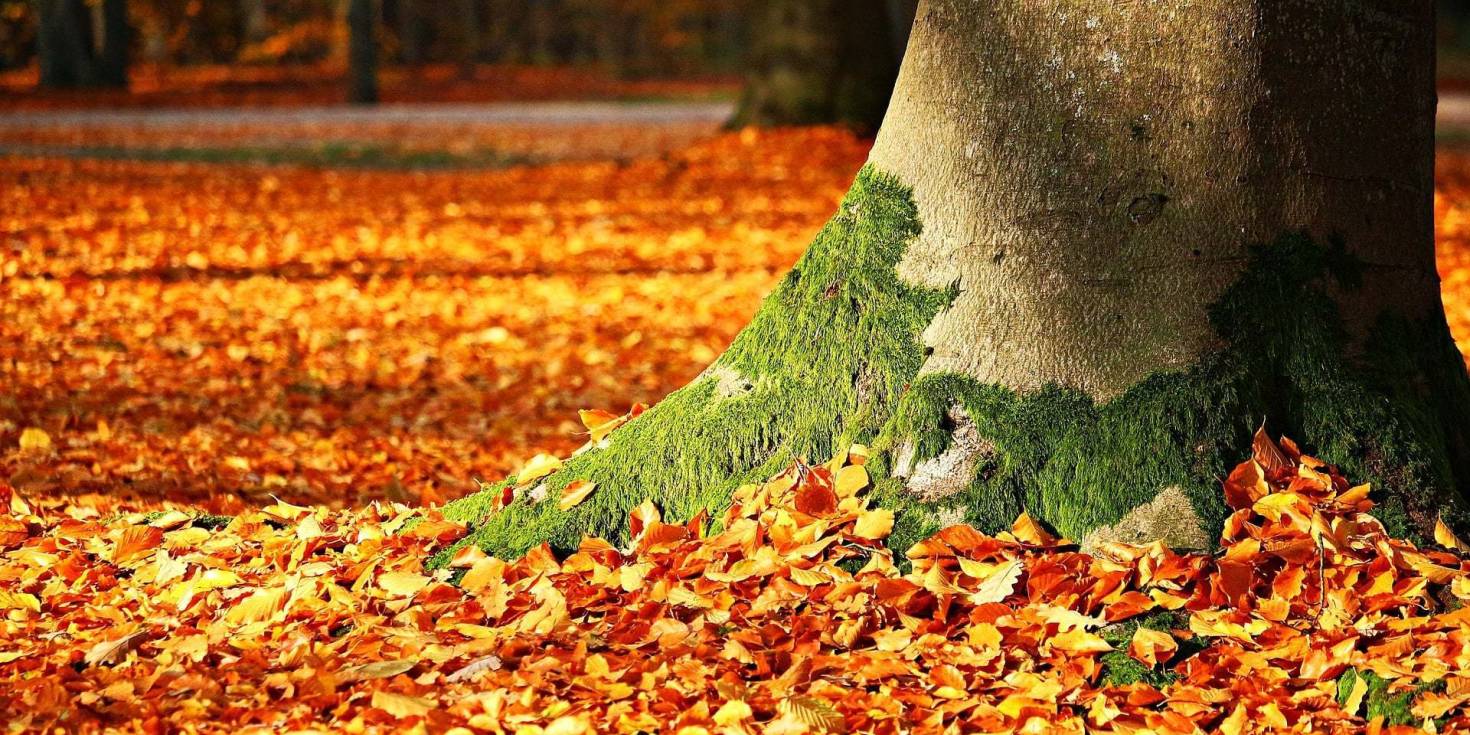When the Europeans began to colonize North America around 1630, it’s estimated that the land that would become the United States was made up of over 1 billion acres of forest, or about 46% of the total land area. By 1907, forest land in the U.S. had declined to around 758 million acres or 34% of the total land area. In 2012, forest land area rose to around 766 million acres. Since the 17th century, about 257 million acres of forest land has been converted to other uses. Fortunately, since the beginning of the 20th century, the total forest area in the United States has been relatively stable compared to earlier centuries, but it’s still in a steady decline.
What’s behind the moderation in deforestation rates? Sustainable forest management. The solution is to find a balance between society’s increasing demand for forestry products and preservation of forest health and diversity. With demand constantly increasing, this isn't an easy balance to find.
A dynamic and evolving concept that aims to maintain and enhance the economic, social and environmental value of all types of forests, for the benefit of present and future generations.United Nations describing sustainable forest management
Forests are vital for life on this planet and inherently linked to the health of plants, wildlife, water quality, humans, a variety of ecosystems, and the economy. Not only do trees produce food, seeds, timber, and the products that can be made from them, but they transfer energy and nutrients as well. They essentially breathe life into the earth, inhaling carbon dioxide and exhaling the precious oxygen we need to live. Forests can also act as “carbon sinks” that help to absorb carbon emissions from fossil fuels to help regulate the climate and protect the environment.

Forests are home to almost 80% of terrestrial biodiversity, provide livelihoods for 1.6 billion people in the world, and supply a portion of our drinking water. National forests and rainforests are some of our nation’s most treasured land. While humans live on the earth, there will always be a demand for forest products. The need for wood for making paper, lumber for building houses and furniture, bark and other resources for medicine, as well as recreational opportunities are not likely to go away anytime soon.
What is sustainable forestry?
Sustainable forestry management is a process to meet specific environmental, economic, social, and cultural objectives. It’s also to skillfully and intelligently manage a forest area by replacing every felled tree with a seedling that will eventually grow into a mature tree. In a sense, it’s practicing what many parents teach their children when they say “leave it like you found it.” When you take one tree away, add one in its place. This concept seems simple but it’s more complex than it sounds and requires in-depth knowledge and expertise. Care should be taken to preserve the natural environment, ensure the safety of wildlife, as well as be consciously aware of the age and species of the trees present in the forest.
People on average use 6 trees worth of paper every year. Thinking the answer to stopping the disappearance of the forest is to cut down or even stop using its products is delusional. It’s not going to happen. A more realistic solution is to implement sustainable forestry practices. It’s so important the United Nations met in recent years to discuss forestry management financing options in an effort to make sure that resources are going towards this initiative and the world has what it needs to sustain its forests.

The best time to plant a tree? 20 years ago. The second best time? Today.Chinese proverb
What can you do?
Specific sustainable forestry practices can vary depending on the location, type of forest, environment, and the objectives that are trying to be achieved. Not only that but the techniques change as research and science advances and we learn more about forests and the ecosystem surrounding them. Check out this list of ways you can practice sustainable forestry.
- Promote biodiversity by surveying the wildlife present and protecting it.
- Take actions to prevent forest conversion to other uses.
- Have an environmental survey done.
- Rotate your harvest to maintain a mixture of habitats and tree ages.
- If you have employees, make sure they're well-trained and treat them well.
- Control and eliminate diseases that harm the forest.
- Have a clear-cut management plan based on objectives.
- Use harvest techniques to minimize disturbance.
- Engage in third party certification to ensure practices are up to date.
- Replant trees to replace the ones you remove.
- Know which trees should be harvested and which ones shouldn’t.
- Thin the tree populations to promote healthier growth when appropriate.
- Implement actions to reduce wildfire risk.
- Constantly monitor the health of the forest.
Treat the earth well: It was not given to you by your parents, it was loaned to you by your children. We do not inherit the earth from our ancestors, we borrow it from our children.Native American proverb

Just because things are going well right now doesn’t mean they always will be in the future. The word sustain means to continuously undergo. It means standing up to the test of time. How much forest will be left for future generations and will it be enough? The decline has slowed down but it’s still declining. Each minute, 85 acres of the world’s forest land is destroyed. If you're looking to grab some up while you still can, browse our timberland for sale. Although there’s not one concrete definition, it’s critical to implement sustainable forestry right here right now. Forests must be a renewable resource and are central to the economy while enriching the lives of all living things on the earth.

